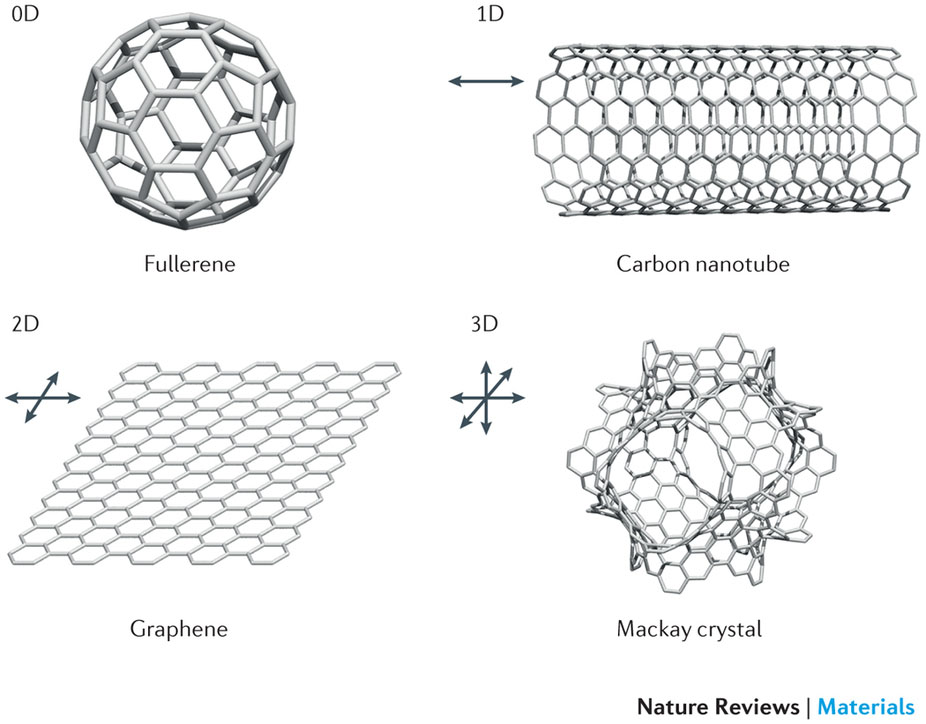Review Abstract
原子レベルで精密な均一構造のカーボンナノ構造体
Structurally uniform and atomically precise carbon nanostructures
2016年1月11日 Nature Reviews Materials 1 : 15002 doi: 10.1038/natrevmats.2015.2

ベンゼンユニットが独特な幾何パターンで配列したナノメートルサイズのカーボン材料(以下ナノカーボン)は、導電性、光吸収性、発光性の他、興味深い磁気特性を示す。球状のフラーレンC60、円筒状のカーボンナノチューブ、シート状のグラフェンは代表的な形態のナノカーボンであるが、理論的シミュレーションによって数種のエキゾチック3Dナノカーボン構造も予測されている。現在のカーボンナノチューブ合成法だと、大抵さまざまな構造と特性を持つ分子の混合物が生成してしまい、これらを分離・精製して純粋な分子を得ることが容易でない。ナノカーボン材料の精密合成は不可能と考えている研究者もいる。「純粋な」ナノカーボンを得ることはナノカーボン科学分野における大きな課題であり、ナノテクノロジー、エレクトロニクス、光学、生物医学への応用に向けた機能性材料の開発には均一構造の(理想的には単一分子のような)ナノカーボンの構築が不可欠である。本総説では、現在この目的に最も有望な有機化学的アプローチを、具体的には原子レベルで精密なボトムアップ型の構築方法を重点的に解説する。
Yasutomo Segawa, Hideto Ito and Kenichiro Itami
Corresponding author
Nanometre-sized carbon materials consisting of benzene units oriented in unique geometric patterns, hereafter named nanocarbons, conduct electricity, absorb and emit light, and exhibit interesting magnetic properties. Spherical fullerene C60, cylindrical carbon nanotubes and sheet-like graphene are representative forms of nanocarbons, and theoretical simulations have predicted several exotic 3D nanocarbon structures. At present, synthetic routes to nanocarbons mainly lead to mixtures of molecules with a range of different structures and properties, which cannot be easily separated or refined into pure forms. Some researchers believe that it is impossible to synthesize these materials in a precise manner. Obtaining ‘pure’ nanocarbons is a great challenge in the field of nanocarbon science, and the construction of structurally uniform nanocarbons, ideally as single molecules, is crucial for the development of functional materials in nanotechnology, electronics, optics and biomedical applications. This Review highlights the organic chemistry approach — more specifically, bottom-up construction with atomic precision — that is currently the most promising strategy towards this end.

